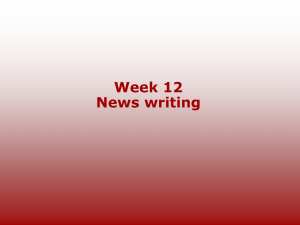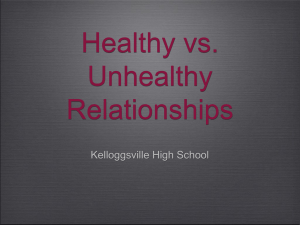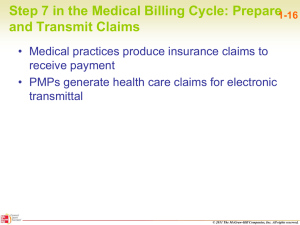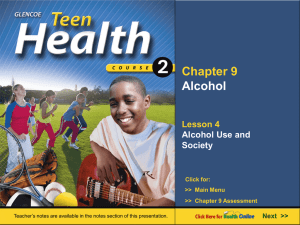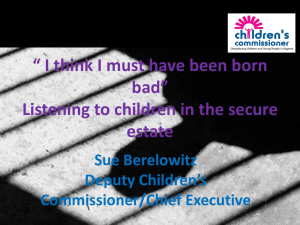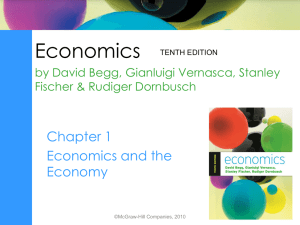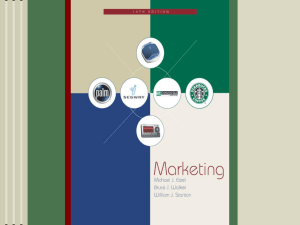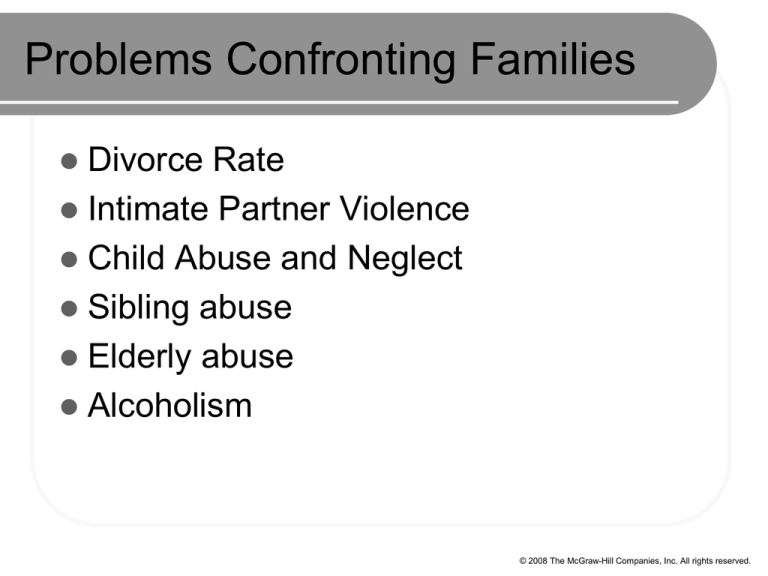
Problems Confronting Families
Divorce Rate
Intimate Partner Violence
Child Abuse and Neglect
Sibling abuse
Elderly abuse
Alcoholism
© 2008 The McGraw-Hill Companies, Inc. All rights reserved.
Universal Principles
All couples and families experience
stress
Stressors begin or end in the family
Resources must be found to cope
All couples and families have internal
strengths
Internal resources tend to be used
before external resources
© 2008 The McGraw-Hill Companies, Inc. All rights reserved.
Nature of Stress
Stressors—external events that cause
an emotional or physical reaction
Stress—body’s reaction to demand
Curvilinear—nature of stress in which
too much, too little stress is problematic
Distress—unhealthy feelings or reaction
to event
Eustress—positive response to event
© 2008 The McGraw-Hill Companies, Inc. All rights reserved.
Curvilinear Nature of Stress
© 2008 The McGraw-Hill Companies, Inc. All rights reserved.
Stress and Family Life
Stress can emerge as a result of
common life and family events
Stress can occur as a result of
unexpected events
e.g. having a child
e.g. death of a child
Stress can occur when common life
events happen at unexpected time
e.g. teenage daughter having a child
© 2008 The McGraw-Hill Companies, Inc. All rights reserved.
Boundary Ambiguity
Lack of clarity about whether a person is
in or out of the family
High ambiguity associated with
increased stress
Forms:
Psychological presence but physical
absence
Physical presence, but psychological
absence
Boss, 1999, 2001
© 2008 The McGraw-Hill Companies, Inc. All rights reserved.
Interconnection in Various Types of
Stress
© 2008 The McGraw-Hill Companies, Inc. All rights reserved.
Common Life Events Across Stages
of the Life Cycle that Produce Stress
Uncompleted tasks
Emotional difficulties
in family life
Unstable economic
situation
Economic
investments
Medical and/or
dental expenses
Money for basics
Change in jobs or
career
Olson, McCubbin and Colleagues, 1989
© 2008 The McGraw-Hill Companies, Inc. All rights reserved.
Post-Traumatic Stress Disorder
Can result from combat or other
traumatic events
Estimated that 10% of soldiers may have
PTSD
Domestic violence 5.4 times greater than
those without disorder
© 2008 The McGraw-Hill Companies, Inc. All rights reserved.
Family Coping Strategies
Cognitive
Emotional
Relationship
oriented
Community
Spiritual
Individual
Development
Burr & Klein, 1994
© 2008 The McGraw-Hill Companies, Inc. All rights reserved.
Marital Violence
Marital Violence Correlates
More common among young couples
Low occupational status
Income and job dissatisfaction
Socially isolated couples
Family of origin violence
Larger families
© 2008 The McGraw-Hill Companies, Inc. All rights reserved.
Physical and Psychological Abuse
Physical abuse almost always
accompanied by psychological abuse
Psychological abuse can occur without
physical abuse:
Damaging by itself
Predictor of Post Traumatic Stress Disorder
Abuse as a process:
Start with psychological—progressing to
include physical
© 2008 The McGraw-Hill Companies, Inc. All rights reserved.
Violent Crimes and Perpetrators
© 2008 The McGraw-Hill Companies, Inc. All rights reserved.
Cycle of Violence
HONEYMOON
ACUTE BATTERING
TENSION
Walker, 2000
© 2008 The McGraw-Hill Companies, Inc. All rights reserved.
Factors Associated With
Spouse Abuse
Family
of origin Culture
Low self esteem Animal abuse
Youth
Alcohol
Economic stress Male dominance
Isolation
Financial
dependency
© 2008 The McGraw-Hill Companies, Inc. All rights reserved.
Risk Factors for Child Abuse
Economic distress
Inadequate
parenting skills
Parental personality
problems
Chemical abuse
Social isolation
Special needs child
Large family size
Domestic violence
exposure
Violent subculture
Violent marriage
Single parent
Stepparent
Greater the number of risk factors—greater the likelihood of
abuse
© 2008 The McGraw-Hill Companies, Inc. All rights reserved.
Perpetrators of Child Maltreatment
45
40.3
40
35
30
25
20
19.1
18
13
15
10
5
0
Fathers
Mothers
Both Parents
Non-Parent
Administration for Children and Families, 2004
© 2008 The McGraw-Hill Companies, Inc. All rights reserved.

